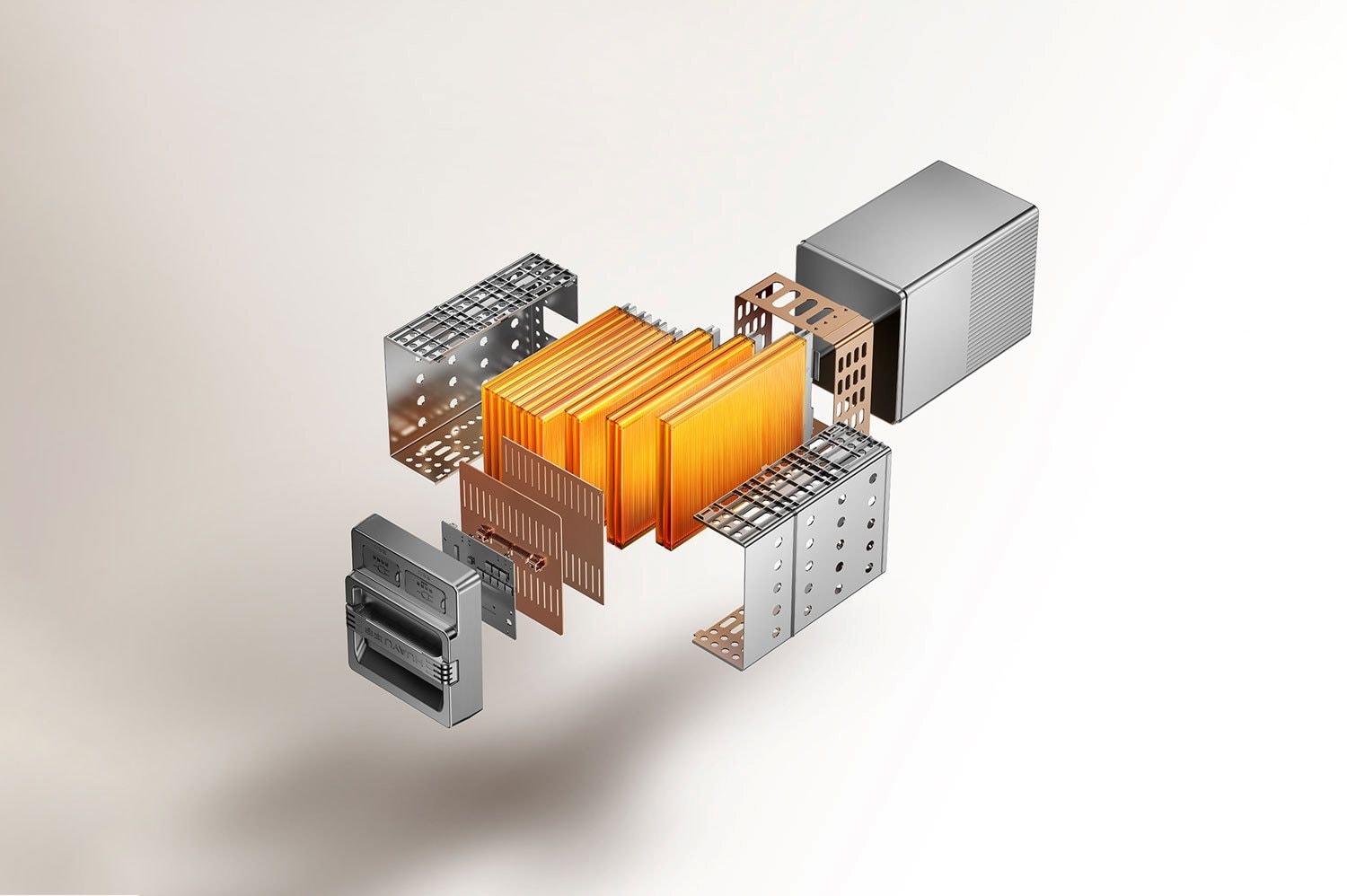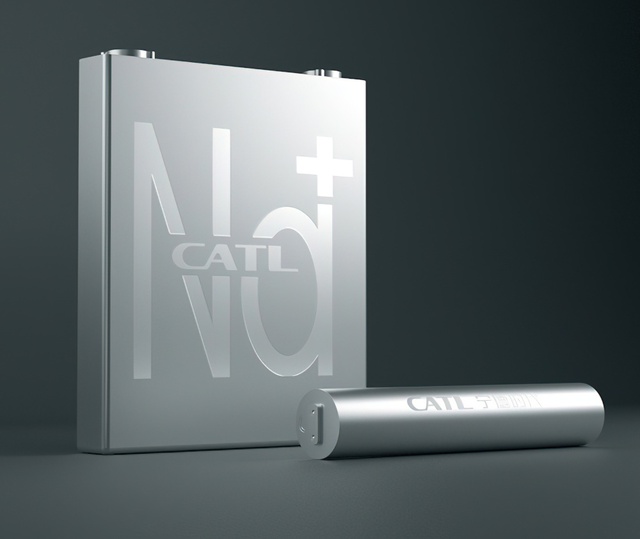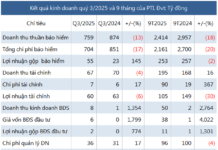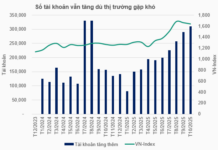Recent revelations indicate that an electric motorcycle company operating in Vietnam may introduce models powered by sodium-ion battery technology.
This information comes from a representative of Yadea (China), who revealed that the company is developing electric motorcycles using sodium-ion batteries, which will soon be commercialized and potentially sold in international markets, including Vietnam.

Illustration of a sodium-ion battery.
Sodium-ion batteries represent a new generation of battery technology, developed to optimize production costs for electric vehicles. Unlike lithium, which is expensive and poses environmental risks, sodium is abundant and more cost-effective, offering safer charging capabilities.
In principle, sodium-ion batteries operate similarly to lithium-ion batteries, storing and releasing energy through the movement of ions between the cathode and anode via an electrolyte. The key difference lies in the use of sodium ions (Na⁺) instead of lithium ions (Li⁺), providing the advantage of cheaper and more abundant raw materials.
Additionally, the lower chemical complexity and energy density reduce the risk of thermal runaway, as noted in various technical and industry overviews.
Potential to Replace LFP Batteries?
While LFP batteries are used as a lower-cost alternative to NMC or NCMA batteries, sodium-ion batteries may offer even lower costs, making them ideal for price-sensitive products.
Compared to LFP batteries, sodium-ion batteries have several fundamental differences.
– Energy Density: Technical reports suggest sodium-ion batteries can achieve energy densities of 100–160 Wh/kg at the cell level, while common LFP cells range from 90–165 Wh/kg. Some advanced LFP cells even reach 175–205 Wh/kg. This indicates that sodium-ion batteries are nearing parity with LFP in energy density, with room for further improvement.

CATL has also researched and developed sodium-ion battery products.
– Cost: Due to sodium’s widespread availability and ease of extraction, the BOM cost (cell materials) of sodium-ion batteries is 20–30% lower than LFP in some estimates. Industry statements even target ultra-low costs of tens of USD/kWh for cells, highlighting their potential for low-cost applications.
– Charging Time: Some tests and commercial products demonstrate that sodium-ion batteries can charge quickly, suitable for urban electric vehicles. Certain models can reach 80% capacity in just 15 minutes. However, the long-term impact of frequent fast charging on battery lifespan is still under study.
– Safety: Sodium-ion batteries exhibit stable performance at low temperatures and are reported to have a lower risk of thermal runaway due to their moderate energy density. However, LFP batteries are also known for their safety, stability, and long cycle life.
In summary, sodium-ion batteries show significant commercial potential, particularly for electric vehicles, including cars, motorcycles, and bicycles. However, due to their distinct characteristics compared to LFP, sodium-ion batteries may not replace but rather complement LFP, emerging as a separate product line.
Why Are Over 3,000 Chinese Cars Lying at the Bottom of the Ocean?
This overlooked treasure trove, hidden beneath the ocean’s depths, has emerged as a veritable goldmine of opportunity.









































